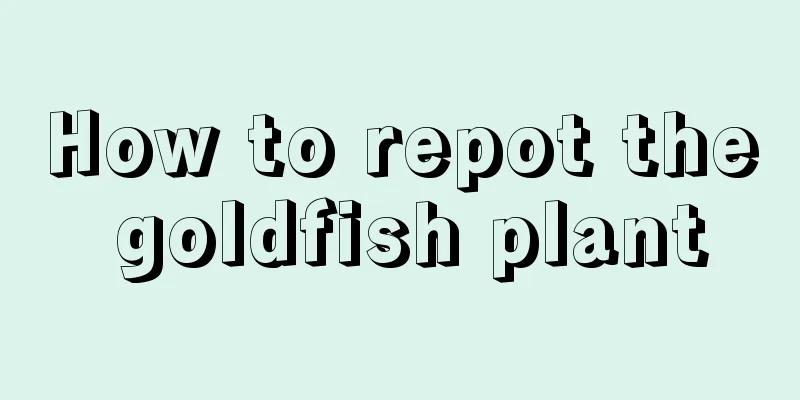What are the commonly used fertilizers for growing flowers at home?

There are two types of fertilizers commonly used:(1) Organic fertilizer. It is usually divided into animal organic fertilizer and plant organic fertilizer. Animal organic fertilizers include human feces and urine, feathers, hooves, horns and bone meal of poultry and livestock, and waste from fish, meat and eggs. Plant-based organic fertilizers include soybean cake and other cake fertilizers, sesame paste residue, weeds, leaves, green manure, Chinese herbal medicine residue, distiller's grains, etc. Both types of fertilizers are slow-release fertilizers with more complete nutrients and longer fertilizer effects. They must be fermented and decomposed before use. (2) Inorganic fertilizers. It is a fertilizer rich in mineral nutrients made by chemical synthesis or processed from natural ores. Such as nitrogen fertilizers include urea, ammonium sulfate, ammonium chloride, ammonium nitrate, etc. Phosphate fertilizers include superphosphate, phosphate rock powder, etc. Potassium fertilizers include potassium chloride, potassium sulfate, etc. Chemical fertilizers have a quick effect, but the fertilizer components are simple; the effects are strong but not long-lasting. Except for phosphate fertilizer, general fertilizers are used as top dressing. How to Make Your Own FertilizerIn daily life, there are many waste materials that can be used to make homemade fertilizers: (1) Soak in liquid fertilizer. Use a small jar (or pot) to put waste vegetable leaves, melon and fruit peels, chicken and fish offal, fish scales, waste bones, eggshells and moldy food (peanuts, melon seeds, beans, bean powder*) into it, add water and sprinkle a little dichlorvos, then cover it tightly. After high-temperature fermentation and composting, it can be used. When using, take the supernatant and dilute it with water before application. You can mix the above waste with some old culture soil, add some water, put it into a large plastic bag, tie it tightly and leave it for a period of time, and use it after fermentation. (2) Waste composting. Choose a suitable location and dig a pit with a depth of 60 to 80 cm. Pad it with 10 cm of stove ash. Put rotten vegetable leaves, poultry and livestock viscera, fish scales, chicken and duck manure, eggshells, meat waste, broken bones, etc. into the pit. Sprinkle some pesticides and cover it with a layer of garden soil about 10 cm thick. Keep the pit moist to promote fertilizer decomposition. It is best to compost it in autumn and winter. When it is heated up and decomposed in spring without foul-smelling gas, it can be mixed into the culture soil as basal fertilizer. It can also be sieved through a 4 mm sieve while still wet and rubbed into pellets. The fine ones can be used as top dressing, and the coarse ones as basal fertilizer. |
Recommend
The effect and usage of rapid rooting powder. How to use it correctly for better results
The role of rooting powder When cutting leaves or...
How long is the growth cycle of hyacinth?
Introduction to the growth of hyacinth Hyacinth i...
Diseases and pests of Mirabilis jalapa and their control
Diseases and their control of Mirabilis jalapa Th...
How to make a bonsai of Cyperus rotundus
Bonsai Making Basin It is best to plant it in pot...
Can five-fingered hair peach be planted in the north? Where is it best to plant it?
Planting Prunus mume in the north You cannot plan...
What to do if Gardenia leaves turn yellow and fall off (Causes and solutions)
1. Improve ventilation Reason: Poor air circulati...
Common diseases of Catharanthus roseus and their control methods
Black spot Symptoms Black spot mainly harms stems...
Bletilla striata sowing time
Bletilla striata, as a traditional Chinese medici...
Is Calla Lily poisonous?
1. Is it toxic? Calla lily is poisonous. The whol...
Where is the best place to plant coix seed?
Job's tears planting area Generally, Job'...
How to grow chrysanthemums in pots and how to cultivate them
How to grow chrysanthemums The medal chrysanthemu...
What kind of fertilizer is good for orange base fertilizer (base fertilizer application method)
Effect of orange base fertilizer "Apply base...
What are the varieties of yew
Pacific Yew The Pacific yew grows on the west coa...
Which plants absorb formaldehyde best?
1. Limited absorptive capacity It is well known t...
What is Houttuynia cordata and what does it look like?
1. What is The scientific name of this grass is H...









